Argentina and Chile have all of this, and more – but none of it is anywhere near either of the capital cities. With domestic airfares skyrocketing, budget travelers and long-term adventurers should consider taking the bus to reach El Calafate, San Pedro de Atacama, Iguazu and other famously far-flung destinations.
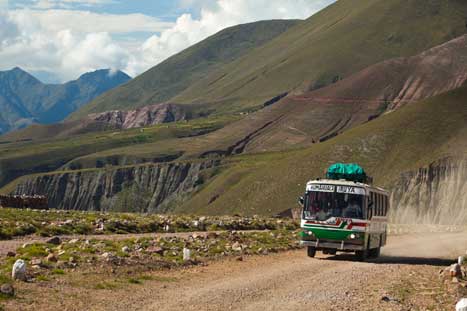
Forget the cramped quarters of the Greyhound – you don’t know bus travel until you’ve experienced an overnight journey in the ‘cama suite’ class of an Argentinian long-haul bus line. After reviewing the case for taking the bus instead of an aeroplane, simply push your seat back into fully reclining position, allow the on-board host to refill your plastic champagne flute, and prepare to wake up in the wilderness.
1. Argentina and Chile are bigger than you think
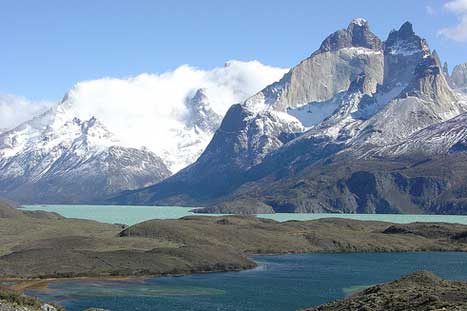
Anyone who’s glanced at a map of South America knows that Argentina is big and Chile is long – at 4270km, Chile measures more than triple the length of the state of California and almost four times the length of Italy. But despite the obvious geographic spread, many first-time visitors to the region are surprised to note just how far the Atacama Desert is from Santiago – and how far Patagonia is from Buenos Aires. Arriving at these remote destinations is easy for travellers with unlimited finances or thousands of frequent flyer miles: they simply book connecting flights into regional airports. But travellers with more time than money often find the cost of these connections prohibitive.
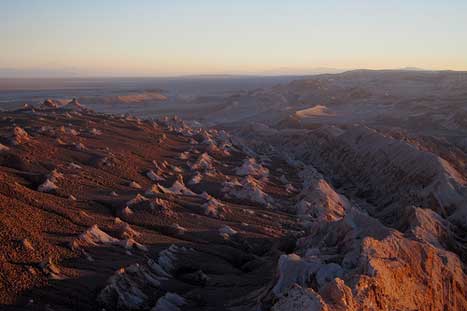
The cost of flying within Argentina is up – way up. On Kayak , a quick search for round-trip flights originating in Buenos Aires in April 2013 turned up the following fares: US$378-544 to Iguazu, US$582-793 to Salta, US$663 to Bariloche and a staggering US$584-809 to El Calafate. Travellers flying domestically within Chile may find better deals, thanks to budget airlines like Sky offering fares that undercut large carriers like LAN, but such bargain fares are often snapped up by companies sending their business travellers on domestic trips.
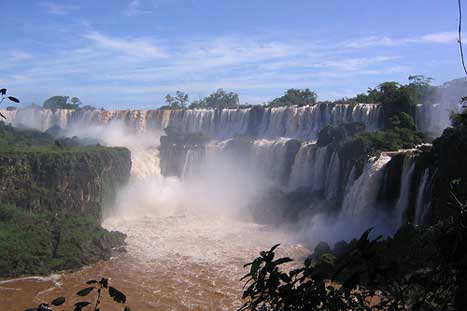
On an excellent long-distance line like Via Bariloche , a one-way ticket from Buenos Aires to Puerto Iguazú (and the Brazilian border) costs around US$120-160, depending on the class of travel. For the same route, the cheapest one-way airfare will cost at least US$100 more on LAN. If you’re not in a hurry, the bus is always the less expensive option, and as an added bonus, travelling overland means bypassing pricey add-on costs like airport taxes and baggage fees. And unlike airports – which are often located far outside the centre, requiring taxi rides or shuttle service to the city – most bus stations in South America are located right in the centre of the action.
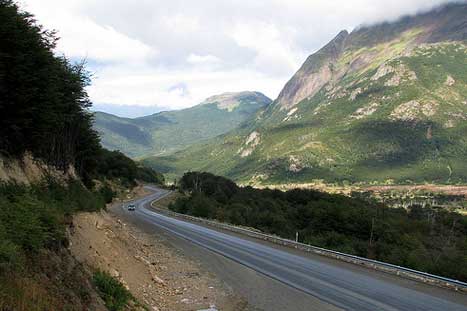
In many South American countries, travelling by bus is the norm. To keep up with the ever-growing demand for affordable transportation, countless bus lines ply the highways of Argentina, Chile and Brazil – and they’re all competing for business with updated fleets, promotional fares, comfortable reclining seats, and on-board amenities from meal service and film entertainment to free wi-fi.
Most long-haul lines offer a few different classes of travel, categorised by the degree to which the seat reclines: ‘semi cama’ indicates a roomy seat that reclines 130 degrees, with entertainment and meals usually included. ‘Executivo’ offers larger seats that recline 160 degrees, often including extras like pillows and blankets, hot meals, and coffee, tea, champagne and wine, all served by the on-board host. The ‘first class’, so to speak, goes by a range of names from ‘cama suite’ to ‘tutto letto’. These fully reclining seats offer the most space, privacy and amenities.
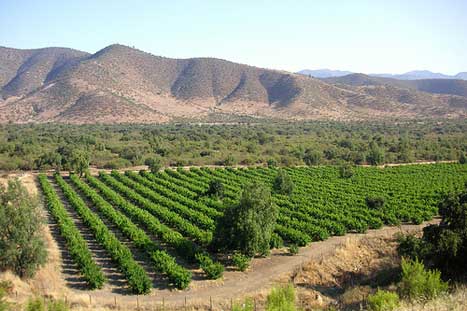
In some cases, taking the bus is simply the most cost-effective option. But other bus journeys often end up being highlights of the trip. Particularly memorable routes include the thrilling trip over the Andes between Santiago, Chile, and Mendoza, Argentina, featuring vineyard views, snow-capped mountains, and hairpin roads. The stunning, glacier-lined bus-boat combination between Puerto Montt, Chile, and Bariloche, Argentina, is another Andean classic. Less talked about but equally lovely landscapes are on view from the bus window when you arrive overland into Tierra del Fuego’s ethereal Ushuaia and the striking coastline around Iquique in northern Chile.
For full listings of bus lines, fares, routes and departure times from Buenos Aires’ Retiro station, log onto www.tebasa.com.ar. For buses from Santiago, try www.terminaldebusessantiago.cl or visit the websites of the country’s two main lines, Tur Bus and Pullman Bus .